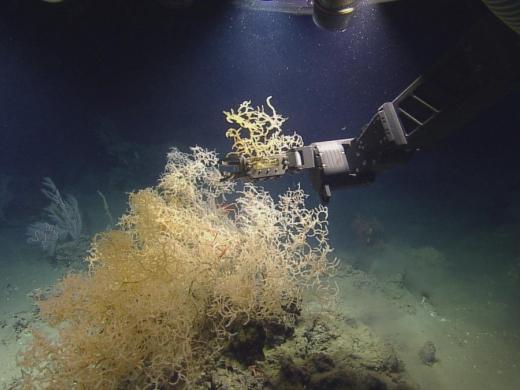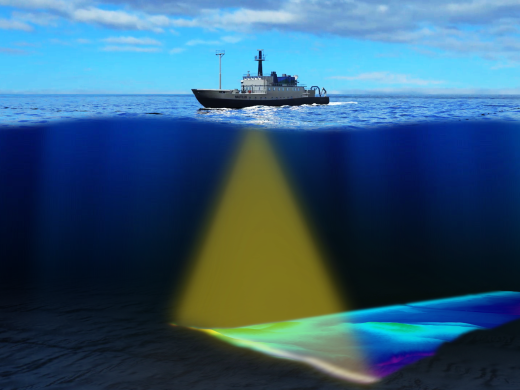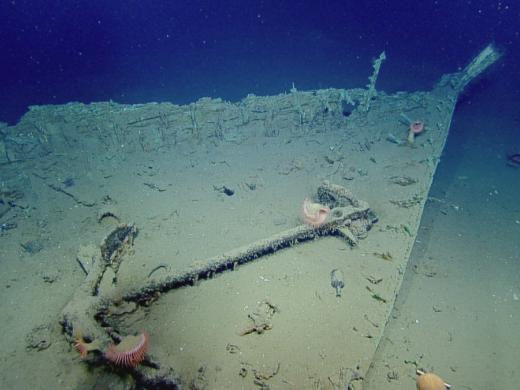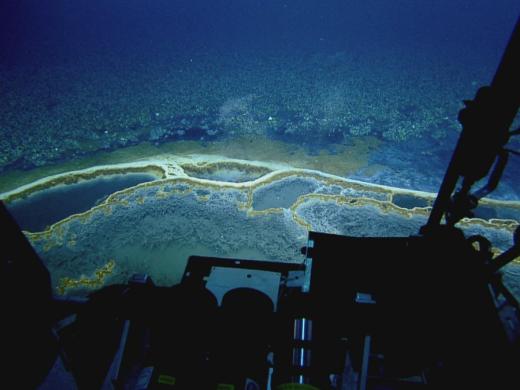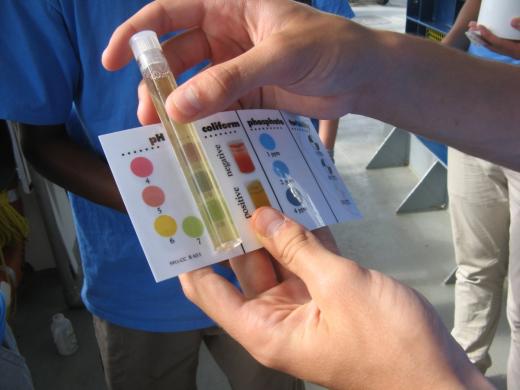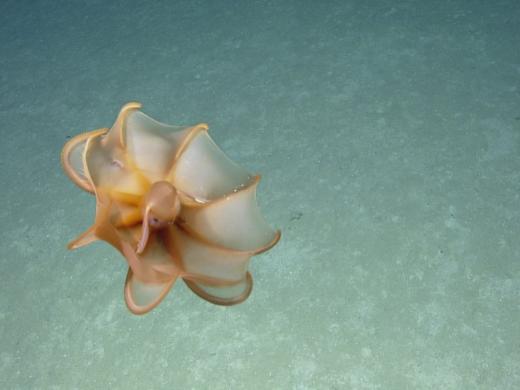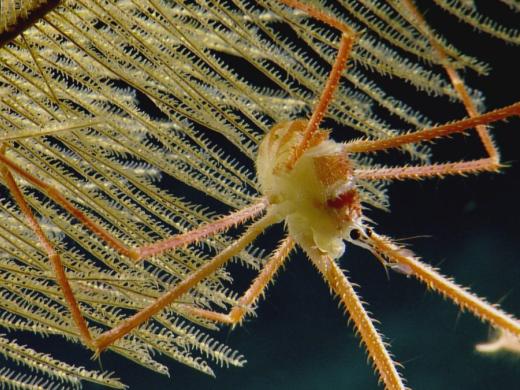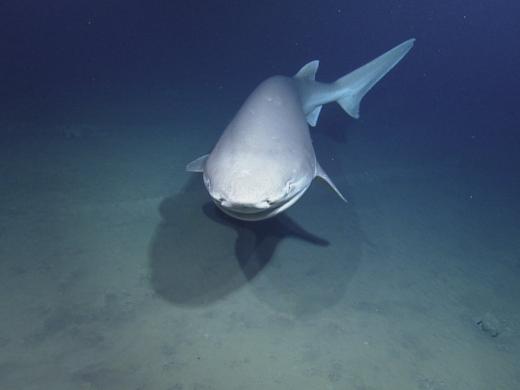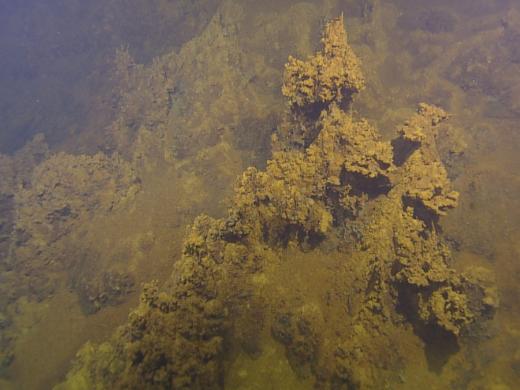From June through November of 2013, Exploration Vessel Nautilus will explore the Gulf of Mexico and the Caribbean Sea. Our rotating Corps of Exploration aboard EV Nautilus will be mapping the geological, biological, archaeological and chemical aspects of these regions to depths of approximately 2000 meters. During the expedition, we will be sharing our discoveries live on the web via telepresence technology.
The 2013 expedition season consists of multiple cruise legs and began off the U.S. coast in the Gulf of Mexico. Subsequent cruise legs are bringing the ship and the Nautilus Corps of Exploration to the Cayman Islands, Puerto Rico, Montserrat, and Grenada in the Caribbean Sea.
